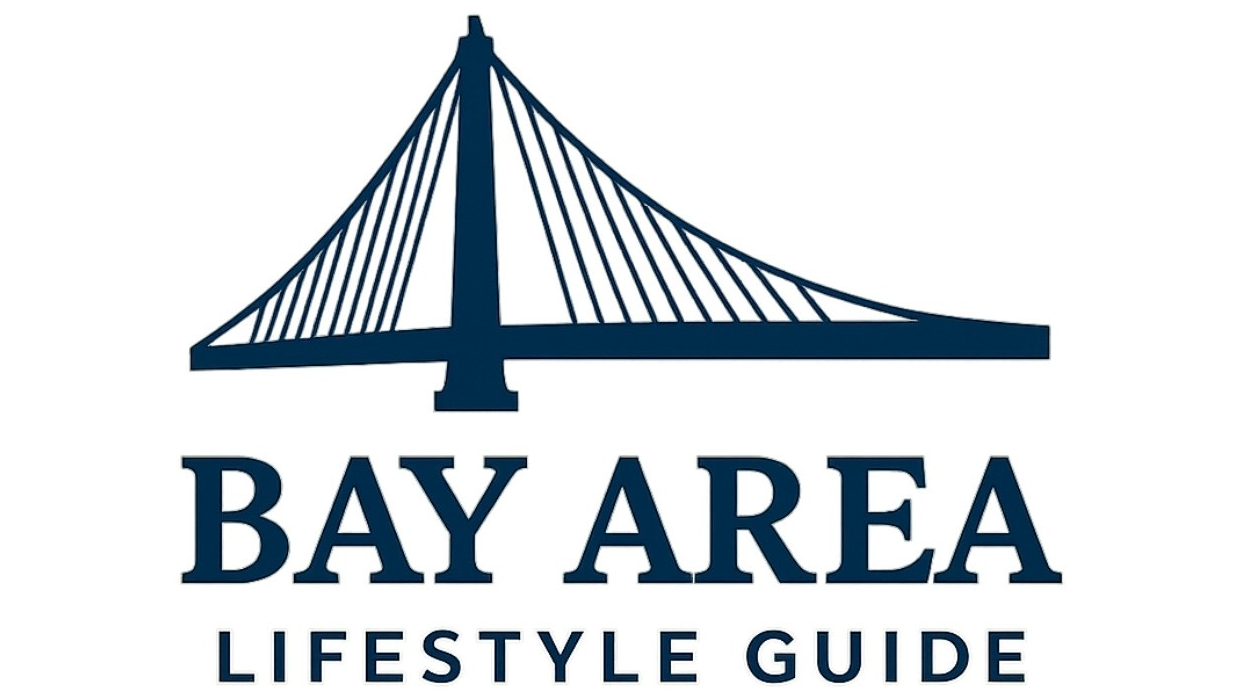
The Shift in High-Speed Chase Policies: What You Need to Know
After months of deliberation, the Oakland Police Commission has approved a significant modification to high-speed chase policies, now permitting officers to pursue suspects at any speed deemed necessary, particularly in cases involving violent crimes. This change has raised eyebrows across the community, with many questioning the implications for public safety.
Public Safety and Community Concerns
The new policy comes on the heels of tragic incidents involving innocent bystanders caught in the crossfire of police pursuits. In one high-profile case from May, a schoolteacher lost her life during a chase initiated by the California Highway Patrol. Such events beg the question: How much risk are we willing to endure for the sake of law enforcement? Oakland Mayor Barbara Lee has expressed the importance of balancing the need for effective policing with the safeguarding of civilians. The updated guidelines mean that officers can initiate a pursuit exceeding 50 miles per hour if they suspect the individual is involved in violent crimes or is believed to be armed. Chief Mitchell reassured that pursuits for non-violent offenses would no longer be permissible, highlighting a clearer focus for police engagements. However, many remain skeptical about the effectiveness of this policy change in ensuring community safety.
Exploring the “Risk Factors”: Are They Sufficient?
In their decision-making process, officers must now assess 19 specific “risk factors” before initiating a chase. These include road conditions, time of day, traffic density, and the presence of pedestrians, especially children or seniors. While these guidelines demonstrate a move towards accountability, one must wonder how effectively officers will evaluate these conditions in the heat of the moment. Furthermore, the ambiguity surrounding the notion of “receiving permission afterward” poses additional questions regarding the retrospective oversight of these high-speed pursuits.
The Role of Leadership: Who’s Supporting This Change?
Governor Gavin Newsom has advocated for more supportive measures for police in Oakland, and his influence played a pivotal role in swaying the Board towards the recent policy shift. This elevation of state-level involvement illustrates the complexity of community policing, where institutional pressures often dictate local law enforcement strategies. The state government’s push for more aggressive policing creates a precarious balance between community-centered governance and operational autonomy for the police department.
Potential Impact on the Community: Voices from Oakland
For the residents of the Bay Area, this policy adjustment stirs a myriad of emotions—from fear of increased high-speed chases to a potential sense of relief in addressing violent crime. Community members are torn; some advocate for stringent law enforcement as an answer to crime, while others worry about the consequences of high-speed pursuits on innocent lives. Many fear that increasing police powers could lead to a disproportionate impact on marginalized groups, echoing the national conversation surrounding policing in the U.S.
Considering Future Trends in Law Enforcement
Looking ahead, the ramifications of this policy could foster a broader discussion on police tactics beyond Oakland. As crime rates fluctuate and citizens grapple with their own fears surrounding safety, other regions might consider following suit, either in support or rejection. As Bay Area communities evolve, will there be a push for greater accountability and transparency around police actions? Or will the chase-first mentality take precedence?
The Path Forward: What Can Residents Do?
On a grassroots level, concerned citizens in Oakland are encouraged to remain engaged with local leaders and police accountability initiatives. Community forums and meetings provide platforms for open dialogue regarding law enforcement practices. The more residents advocate for clearer policies that prioritize safety while holding police accountable, the better the chance of creating a community that fosters trust and collaboration.
Conclusion: A Community at Crossroads
The new high-speed chase policy undoubtedly marks a significant moment for policing in Oakland. It’s a delicate balancing act between necessary crime response and community protection. As discussions around public safety continue, citizens hold the power to influence a future where law enforcement can effectively serve and protect while prioritizing the lives of the individuals they are sworn to safeguard. Let this be a call to all Oakland residents to stay vigilant, informed, and engaged in the collective shaping of their community.
 Add Row
Add Row  Add
Add 



Write A Comment